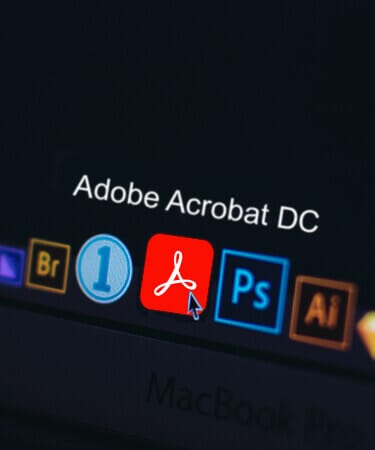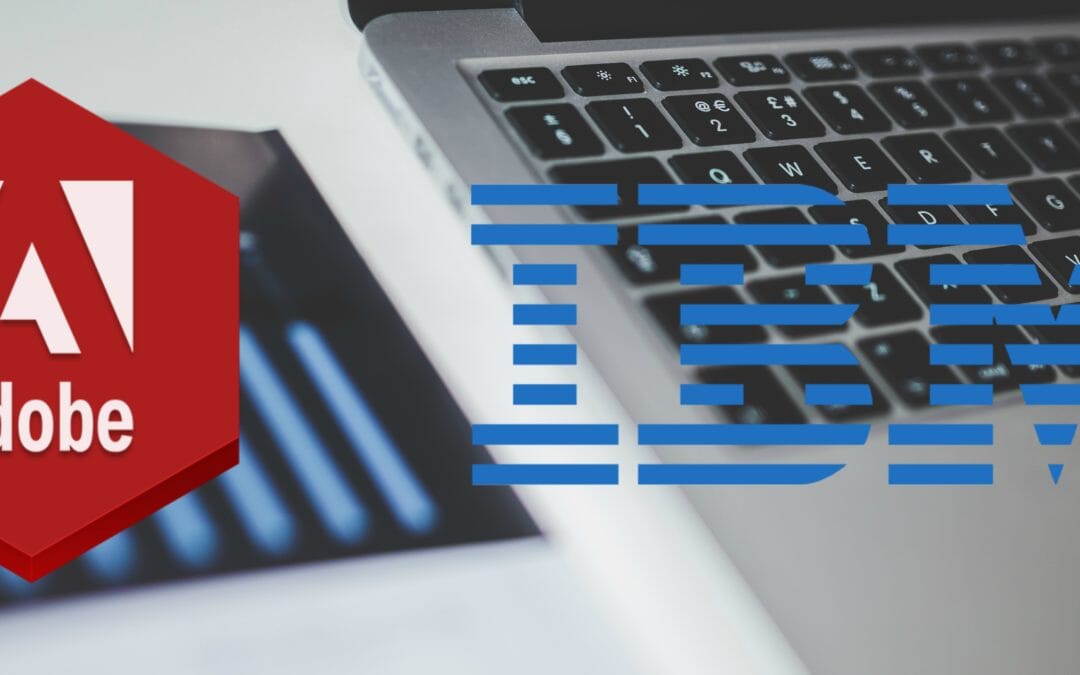Prefer a PDF with clickable links? Download edition 14 of Programmatic Never Sleeps now. ADOBE AND IBM ARE ROLLING OUT MORE ARTIFICIAL INTELLIGENCE TOOLS FOR BRANDS Adobe has unveiled their latest updates for Sensei, the AI platform that competes with IBM's Watson and...
Prefer a PDF with clickable links? Download edition 14 of Programmatic Never Sleeps now.
Adobe and IMB are rolling out more artificial intelligence tools for brands
Adobe has unveiled their latest updates for Sensei, the AI platform that competes with IBM’s Watson and Salesforce’s Einstein. The updates include an expanded partnership with Microsoft to pull the Microsoft CRM data in Adobe’s cloud, similar to IBM’s partnership with Salesforce.
The goal with this machine learning technology is to harness ‘intelligence in silos’.
This intelligence includes:
- Customer: focusing on a customer’s propensity to buy something
- Content: focusing on how to pair the right content with the right consumer
- Context: focusing on other signals like location, time of day and where ads are appearing. Potentially, CRM data could tell you ‘in-market for cars, with display ads, on Thursday at 5pm’.
IBM recently announced a partnership with programmatic platform Rocket Fuel, embedding Watson’s AI technology into their systems to identify keywords and sentiments that might help predict how interested consumers are in certain ads. Watson’s discovery service also scans news stories every seven minutes to chose where a brand should advertise, particularly important for brand safety.
Read the Adweek article now >>
In-app viewability makes strange bedfellows out of fierce competitors
IAS, Doubleverify and Moat have all banded together to tackle the problem of in-app viewability for ads. The project is an ongoing open source initiative backed by Google and other heavy hitters in the digital space. Currently as little as 5-10% of in-app inventory is measured by third parties, and with most viewability tools designed for desktop and mobile web only, integrating a software development kit directly into an app offers more accuracy – something not currently present within SDKs.
Facebook creates new shopping ad format
The new shopping ad format features creative video or images and tapping on a product takes people to a product detail page on a business’ website or app. Facebook are also testing their new outbound clicks metric, which will determine the number of clicks leading people off Facebook.
Five reasons to add email to your native ad strategy
Native ads within email (e.g. programmatic ads embedded in NY Times emails) are relatively underutilised. Email integrates with online ad servers, offering targeted ads by trusted publishers through a well-known medium (email). Companies like LiveIntent offers a programmatic solution for newsletter advertising.
Apple's next big thing: Augmented reality
Augmented reality, which overlays images, video and games on the real world, gets Apple CEO Tim Cook really excited. Apple is working on several AR products including digital spectacles that connect wirelessly to an iPhone and beam content to the wearer.
Read the Bloomberg article now >>
Using data to drive successful digital brand campaigns in Australia
All about how Google optimise their campaigns. They use DoubleClick Verification to ensure brand safety, optimise towards higher viewability, use a lot of first party data to leverage what they know about existing customers, find the right reach and frequency balance and optimise towards their KPIs, particularly capturing attention.
Unilever proves programmatic display ads 'Generate £1.47 for every pound spent'
Unilever plans to shift more of its marketing budget to digital display advertising after a successful trial involving 5 of its brands that delivered an average ROI of £1.47 for every £1 spent.
The ads were served programmatically on mainstream sites such as the Guardian and Mail Online over a six-week period using customer insight data from i2c to allow the brands to target consumers, via cookies, who had bought products in one of the five categories from Sainsbury’s.
Read the Netimperative article now >>
Online brand safety improves across industry
According to a report by IAS, the risk of video ads being misplaced fell from 11.2% to 8.9% in the second half of 2016, on par with the drop in display ads, which decreased from 7.8% to 6.8%. The report also concluded that the amount of ad fraud for programmatic display dropped from 4.9% to 0.6%. Video viewability also improved from 40% to 58.2%.










